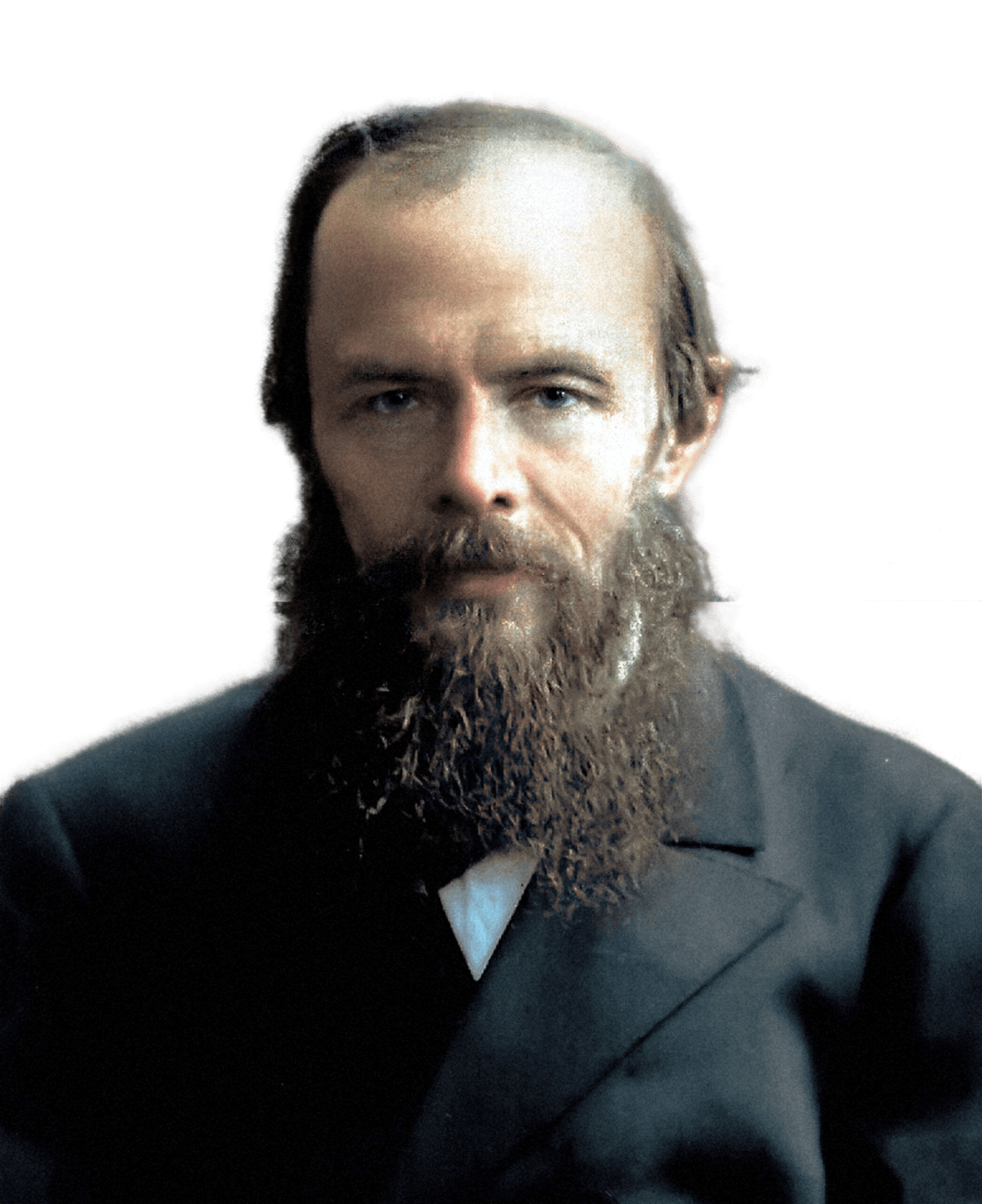Biography
Date and place of birth: October 30, 1821, Moscow
Date and place of death: January 28, 1881, St. Petersburg
Occupation: novelist, translator, philosopher
Movement: realism
Genre: novel, novella, short story, poem
Years of oeuvre: 1844-1880
Fyodor Mikhailovich Dostoevsky is a classic of Russian and world literature, according to UNESCO, one of the most readable writers in the world. His most famous books, five books “Crime and Punishment” (1866), “The Idiot” (1868), “The Possessed” (1872), “Teenager” (1875), “The Brothers Karamazov” (1880).
Childhood
Fyodor Mikhailovich Dostoyevsky was born in 1821 in the Moscow Mariinsky Hospital for the Poor in Tula Province. His father, Mikhail Andreevich, was a doctor at that hospital, and his mother, Maria Fyodorovna, came from a merchant family. The family lived in more than cramped conditions, the father of the family was a real tyrant, and Dostoevsky’s mother passed away early.
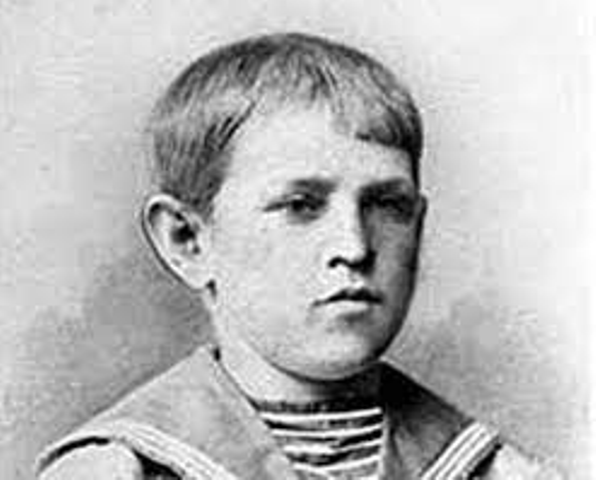
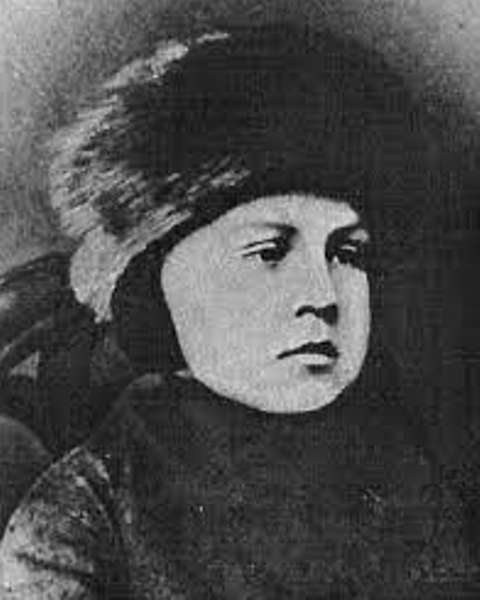
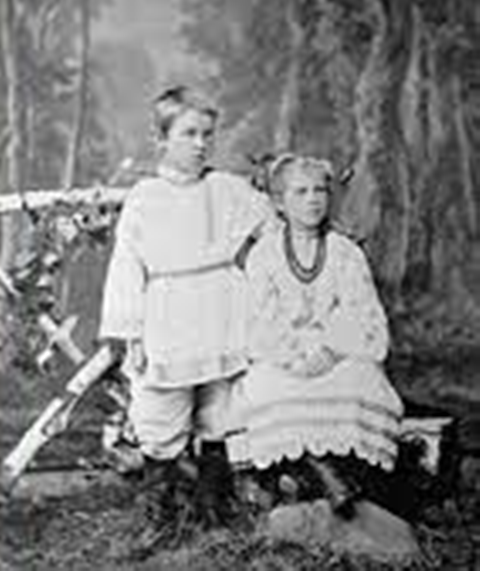
Youth
In 1837 Fyodor Dostoevsky and his brother Mikhail moved to St. Petersburg, where after a brief training in a boarding school he entered the Military Engineering School. Dostoevsky called the years of study “hard labor”, he had no interest in military affairs, and devoted most of his time to literature – he read books by Shakespeare, Goethe, Balzac, Hugo, adored the German playwright Schiller, Pushkin and Gogol. After graduating from college in 1843 Fyodor Dostoevsky was enrolled in the St. Petersburg engineering command, but after six months in the rank of lieutenant retired.
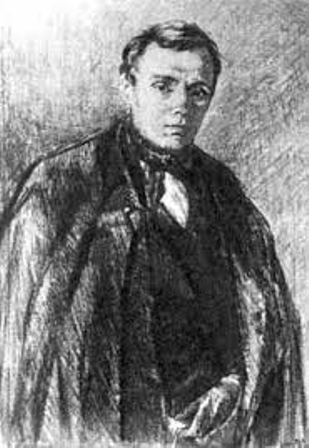
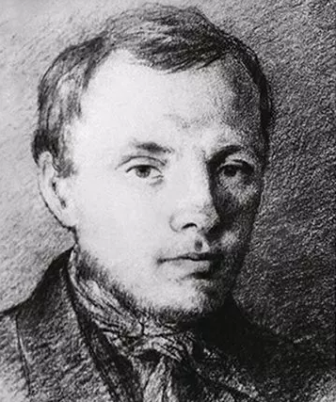
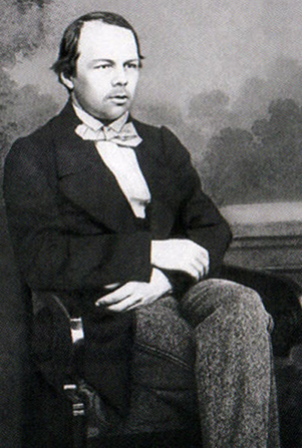
Dostoevsky, the novice writer
Fyodor Mikhailovich Dostoyevsky wrote his first book, Poor People, in 1846. His friend, the writer Dmitry Grigorovich, persuaded him to show the manuscript to Nekrasov, who was publishing the literary magazine Sovremennik at the time. After reading it with the words “A new Gogol has appeared!” Nekrasov took the text to Belinsky, who came to indescribable delight. Dostoevsky would later describe his memories of the meeting with the critic in his book The Writer’s Diary. The success of Poor People was tumultuous, but short-lived. The second story “The Double” (1846) was received coldly, which struck at the ego of Dostoevsky, who already imagined himself a great writer.
Crime and punishment for unwanted views
Beginning in 1847, Dostoevsky began attending radical meetings at the Butashevich-Petrashevsky house, where they often criticized the government. For which he was later arrested and sentenced to eight years of hard labor in Siberia. He described his impressions in Notes from the Dead House (1862), where he also wrote Stepanchikovo Village (1859). In Siberia Fyodor Dostoevsky got married, but the marriage was short-lived. In 1855, Nicholas I died, and his son Alexander II, who granted amnesty to many prisoners, ascended the throne. Among them was Fyodor Dostoevsky.
Birth of a classic of world literature
After his amnesty, Fyodor Mikhailovich Dostoyevsky returned to St. Petersburg, where he and his brother began to publish the literary and political magazine Vremya. It was here that “Notes from the Underground” and “The Humiliated and Insulted” were first published. The magazine existed for a couple of years and was closed by order of the censors, and then the Dostoevsky brothers began publishing the magazine Znamya, but it was subsequently closed due to lack of subscribers.
From 1862 to 1863 he had a relationship with the writer Apollinaria Suslova, with whom the writer traveled to England, Germany and France. But his lady of the heart preferred another, which dealt Dostoevsky a blow. Part of the result was a pernicious passion for card games and roulette, which later brought Dostoevsky a lot of trouble and debt. Later, Fyodor Dostoevsky married Marina Dmitrievna Isaeva, with whom he lived for seven years. In 1864, he lost his wife and his beloved brother Mikhail, taking it upon himself to take care of his family. This meant writing a lot and fast.
The fantastic in creation
In the works of F.M. Dostoevsky there are often enough fantastic motifs, above all, the mystical component in the works.
Dostoevsky twice gave the subtitle “fantastic story” to his works. In The Gentleman, the fantastic device consists in the fact that the narrative is a stream of consciousness of the main character. Nowadays the fantastic nature of this technique is no longer felt, but it was on the example of The Gentleman that Dostoevsky once discussed the characteristics of his method as “realism in the highest sense,” “realism that reaches the fantastic.”
Another “fantastic story,” The Funny Man’s Dream, describes a fragile alien utopia and its destruction under the corrupting influence of an earthling who has gone there.
On the basis of a fantastic assumption – the sudden appearance of the protagonist of his complete double, who gradually takes his place in life – the story “The Double” is built. In “The Mistress” the then fashionable ideas of mesmerism and animal magnetism are used to motivate the plot.
Also fantastical in nature is the story “Bobok,” devoted to the negotiations of the dead in the cemetery. Also, a fantastic assumption underlies one of the author’s most famous humorous stories, “Crocodile” (a commoner swallowed by a crocodile feels very good about himself).
Semi-fantastical, mystical motifs are also found in Dostoevsky’s serious works, such as the novels The Brothers Karamazov (in particular, the chapters “The Grand Inquisitor,” “The Devil. Ivan Fedorovich’s Nightmare”) and The Possessed. Dostoevsky also uses science-fiction imagery, for example, describing Raskolnikov’s dream of intelligent microbes enslaving humanity, an artificial satellite of the Earth in Ivan Karamazov’s conversation with the devil. On the whole, most researchers recognize the presence of a fantastic element in Dostoevsky’s works, both as the basis of the plot and as a means of describing the places of action (“Dostoevsky’s St. Petersburg” is sometimes recognized as a kind of fantastic city, a “ghost town” which does not repeat the real historical St. Petersburg in every detail).
Dostoevsky’s “Great Five Books”
From the mid-1860s Dostoevsky began to write the books that made up his main contribution to world literature, the famous five-book Crime and Punishment (1866), The Idiot (1868), The Possessed (1872), The Teenager (1875), The Brothers Karamazov (1880).
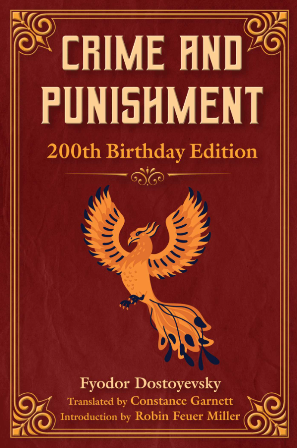
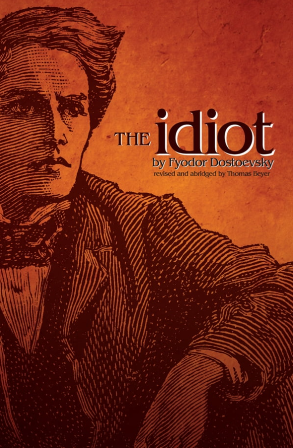
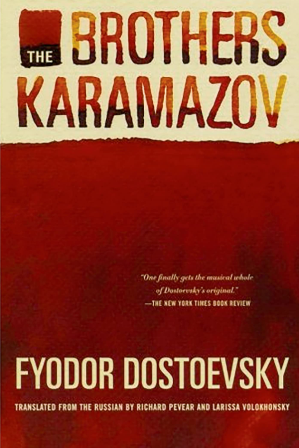
Fyodor Mikhailovich Dostoevsky wrote his main books in a great hurry, sometimes not even having time to reread dictated to stenographers, in order to meet the deadline for the magazines, where chapters of his works were published. “Very often it happened in my literary life that the beginning of a chapter of a novel or novella was already in the printer and in the set, and the ending was still sitting in my head, but must necessarily have been written by tomorrow,” – admitted Dostoevsky.
The Gambler” (1867), for example, was written in just 26 days, simultaneously with the work on Crime and Punishment.
In 1866 Fyodor Dostoevsky married his stenographer Anna Grigoryevna Snitkina. It was a happy marriage, his wife helped him in his work on manuscripts, made his work schedule, comforted him after card losses and guarded his peace from intrusive visitors. Without Anna Grigorievna Dostoevsky’s biography could have turned out quite differently: with her help the family was able to improve their financial situation and pay their debts. In the marriage were born four children.
The published novel “The Possessed” was a huge success, after its publication Dostoevsky was offered to publish in the conservative magazine Grazhdanin. Here Dostoevsky Fyodor Mikhailovich began to publish The Writer’s Diary.
Before his death, Dostoevsky was working on the second volume of the novel The Brothers Karamazov, which brought him his greatest fame. But the real sensation was his speech about Pushkin at the unveiling of the poet’s monument in Moscow in 1880. Fyodor Mikhailovich Dostoyevsky died on January 28, 1881.
